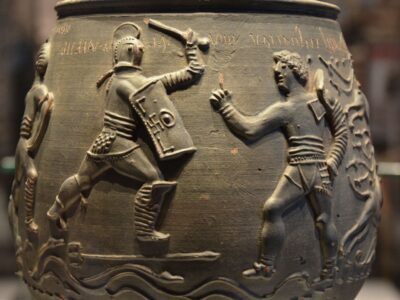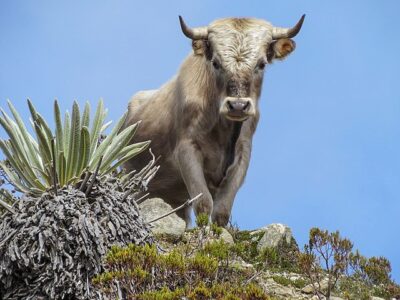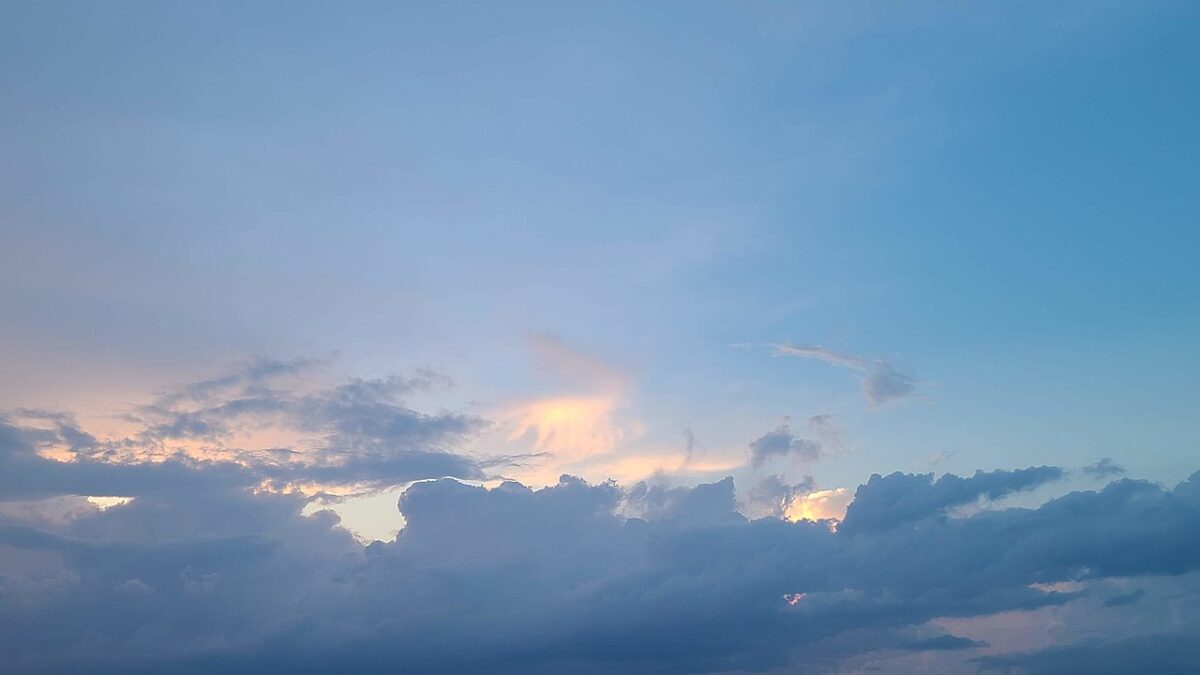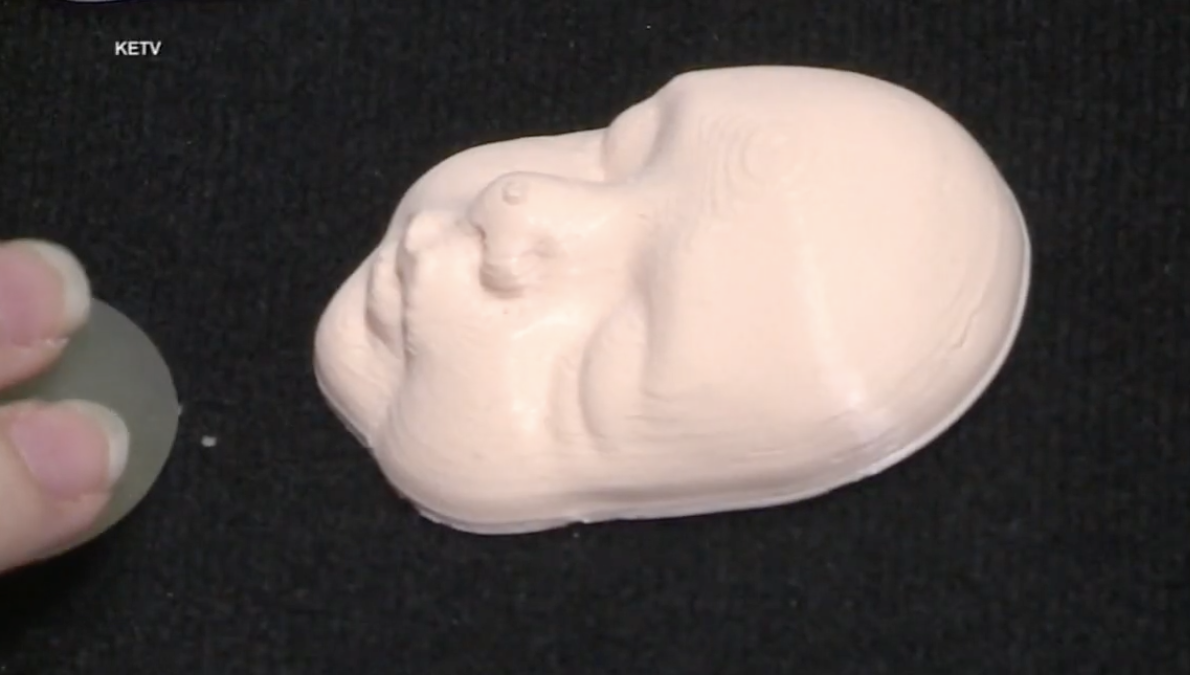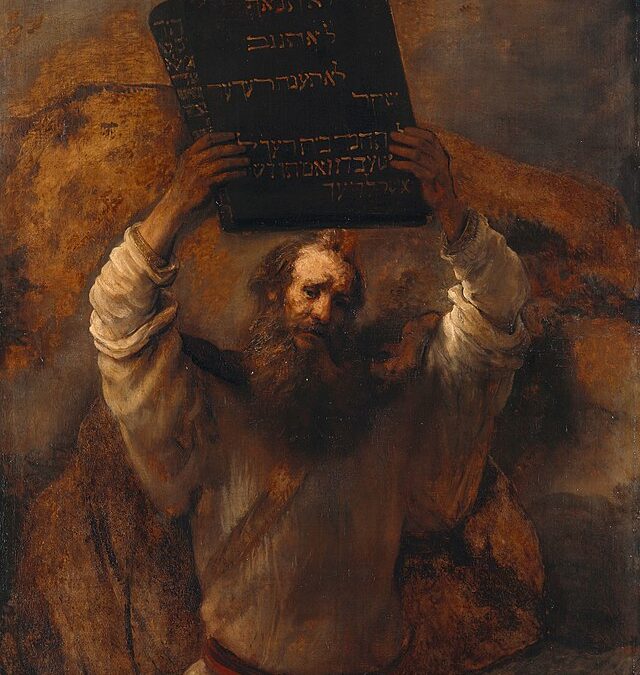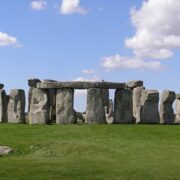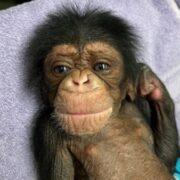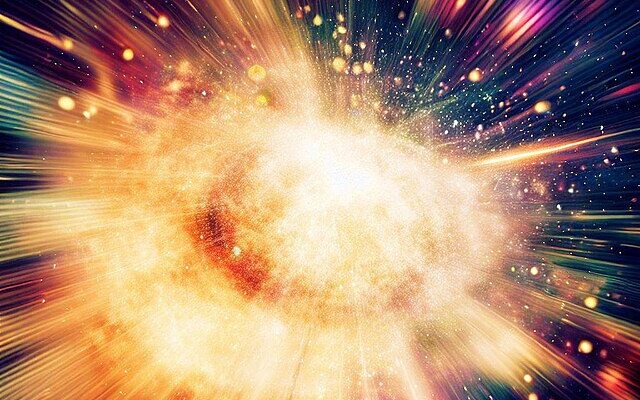
The James Webb Telescope has done it again. This time, researchers using the newest deep space telescope have claimed to have discovered the universe’s oldest stars.
Scientific American writes, “The James Webb Space Telescope (JWST) was built primarily to transform our understanding of the early universe. Less than a year after it was switched on, it is delivering, finding galaxies earlier in the universe than any seen before. Yet the telescope has another, less publicized goal in probing those earliest moments after the big bang 13.8 billion years ago. It is hunting for signs of the first stars to switch on in the universe, so-called Population III stars, gigantic balls purely made of hydrogen and helium that shined brilliant and brightly to first bring light to the cosmos.”
The data has some astronomers excited about the future may hold because they can now begin studying some of the earliest moments of creation.
These long-sought, inaptly named “Population III” stars would have been ginormous balls of hydrogen and helium sculpted from the universe’s primordial gas. Theorists started imagining these first fireballs in the 1970s, hypothesizing that, after short lifetimes, they exploded as supernovas, forging heavier elements and spewing them into the cosmos. That star stuff later gave rise to Population II stars more abundant in heavy elements, then even richer Population I stars like our sun, as well as planets, asteroids, comets and eventually life itself, according to Quanta Magazine.
“We exist, therefore we know there must have been a first generation of stars,” said Rebecca Bowler, an astronomer at the University of Manchester in the United Kingdom.
Now Xin Wang, an astronomer at the Chinese Academy of Sciences in Beijing, and his colleagues think they’ve found them. “It’s really surreal,” Wang said. Confirmation is still needed; the team’s paper, posted on the preprint server arxiv.org on December 8, is awaiting peer review at Nature.
Even if the researchers are wrong, a more convincing detection of the first stars may not be far off. JWST, which is transforming vast swaths of astronomy, is thought capable of peering far enough away in space and time to see them. Already, the gigantic floating telescope has detected distant galaxies whose unusual brightness suggests they may contain Population III stars. And other research groups vying to discover the stars with JWST are analyzing their own data now. “This is absolutely one of the hottest questions going,” said Mike Norman, a physicist at the University of California, San Diego who studies the stars in computer simulations.
Now that they have the models and simulations, Scientific American continues, “upcoming work, particularly by researchers using JWST, will bring us closer to seeing light directly from Population III stars. Hannah Übler of the University of Cambridge and Maiolino successfully proposed to use JWST in its second year of science, starting in July, to observe seven galaxies in the early universe that appear to have low amounts of heavy elements. “We want to look in the surroundings of these galaxies to see whether we can find Population III stars in their outskirts,” Übler says. “We would then be able to constrain, with some assumptions, the mass of the stars.” Another JWST program, led by Matthee, will search for gas clouds “in or around galaxies” in the early universe that lack heavy elements, Matthee says.
Seeing such clumps of Population III stars may be the limit of what is possible with JWST, allowing us to confirm the existence of these stars at particular epochs of the universe and telling us something about the sizes they grew to. There is a slim possibility, however, that the telescope may be able to resolve individual Population III stars if they are magnified sufficiently, perhaps around a galaxy cluster, in future observations. “In principle, it’s possible, but you would have to be extremely lucky,” Übler says, adding that it will require magnifications of 1,000 times or more. For now, our best bet is looking for the emission from small clumps of stars, a task JWST is perfectly suited to. If we can find them, it opens a whole new understanding of how our universe began. “We want to know how everything started,” Maiolino says. “Without the chemical enrichment of first-generation stars, there wouldn’t have been anything else. It’s a key epoch in the formation of our universe.”
We may soon be able to see the first light from “Let there be light.”


